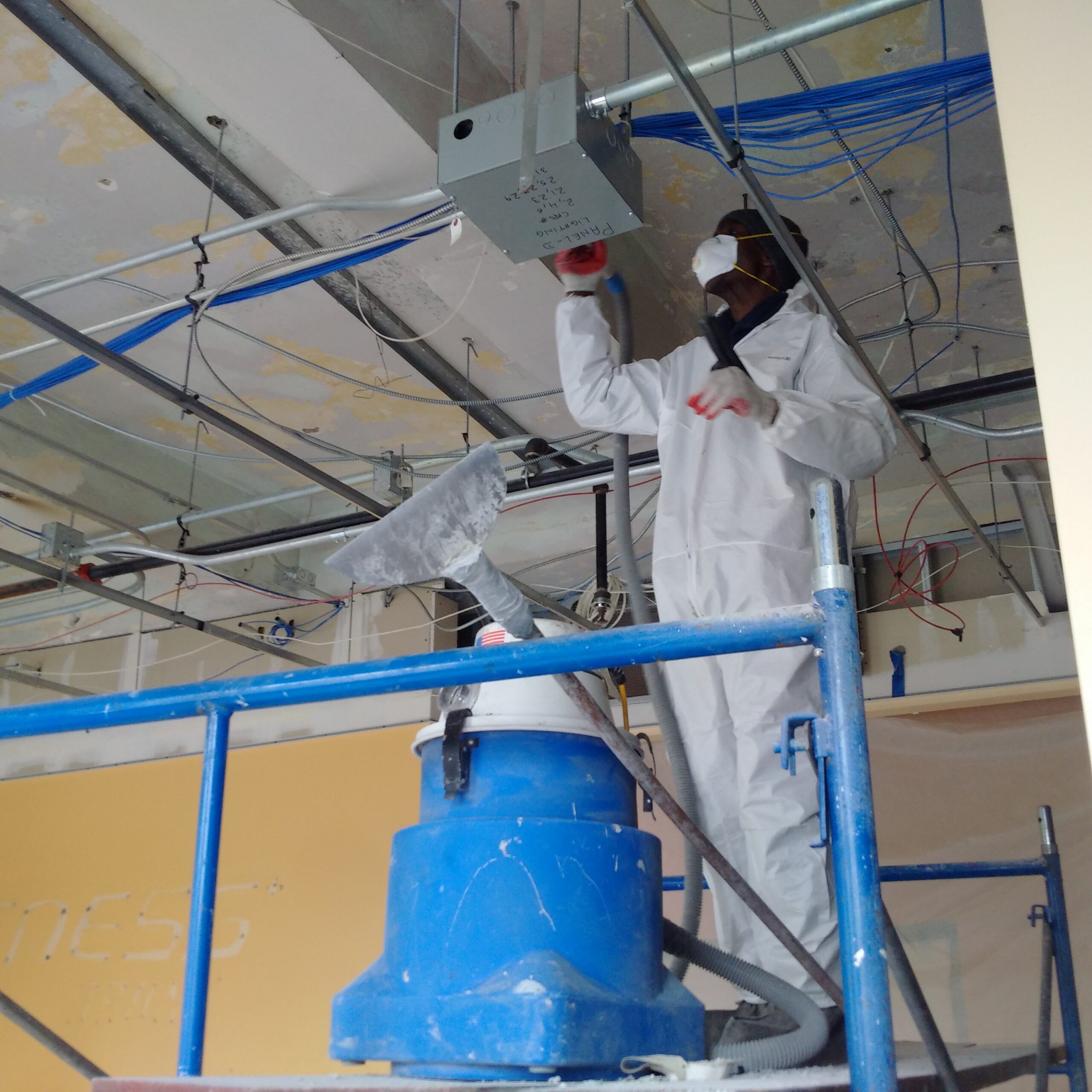Best Practices for Making Certain Safe and Extensive Lead Violation Abatement
Attending to lead infraction abatement requires a multi-faceted strategy to ensure both safety and conformity. It's the last clearance procedure, including extensive evaluations and lab testing, that really confirms a lead-free setting, making sure long-lasting safety. How do these techniques adjoin to ensure extensive lead abatement?

First Evaluation
Conducting a first evaluation is a vital first action in lead offense abatement. This stage includes a comprehensive examination of the property to recognize the existence, extent, and particular areas of lead-based threats. Qualified specialists, such as licensed lead assessors or risk assessors, ought to carry out a detailed site examination, using devices like X-ray fluorescence (XRF) analyzers to accurately identify and measure lead focus in paint, dirt, soil, and water.
The analysis must likewise consist of a review of the structure's background, previous reports, and any type of issues or health and wellness concerns reported by residents - Lead Removal Contractors. Recording the searchings for diligently is vital, as these documents form the basis for establishing an efficient reduction strategy. A detailed assessment additionally involves sampling and lab evaluation, which are critical to verify the existence of lead and overview succeeding actions
Moreover, it is vital to connect the results transparently to all stakeholders, consisting of home proprietors, lessees, and regulatory authorities. By guaranteeing that the preliminary evaluation is performed with accuracy and roughness, specialists can lay a strong foundation for a targeted and effective lead reduction procedure, eventually securing public wellness and making certain compliance with governing standards.
Proper Control
Correct containment is essential to prevent the spread of lead pollutants throughout abatement activities. Properly managing control reduces the threat of lead dust and particles moving to non-work locations, therefore guarding both the atmosphere and individuals outside the prompt work area.

Regular evaluations of the control area are needed to look for violations or weaknesses in the obstacle. Any determined issues must be quickly resolved to maintain the honesty of the control. By adhering to these techniques, abatement jobs can effectively manage lead contamination and minimize involved wellness risks.
Worker Defense
Guaranteeing employee defense is critical throughout lead reduction projects to stop occupational exposure to harmful lead fragments. Vital actions include using personal protective devices (PPE) such as respirators, handwear covers, and full-body matches specifically developed to obstruct lead dirt and fumes. Employees should go through detailed training on the proper use and upkeep of PPE, consisting of fit testing for respirators to guarantee maximum effectiveness.
Design controls, such as neighborhood exhaust air flow systems, are crucial in reducing airborne lead concentrations in the workplace. Administrative controls need to additionally be applied, including restricting the period of direct exposure and revolving employees to reduce individual exposure times. Normal clinical security and organic surveillance are essential for early detection of lead absorption, allowing timely intervention and treatment.
Furthermore, developing a purification method is important. Workers should follow stringent decontamination procedures prior to breaks and at the end of their change to stop lead dirt from being brought outside the workplace. This includes complete hand and face cleaning with lead-specific cleaner and changing out of infected garments.
Careful Cleanup
Maintaining a secure workplace extends beyond employee protection and includes meticulous cleaning to make sure lead bits are thoroughly gotten rid of from the website. The process of thorough cleaning is important in stopping the recontamination of the eased off area and protecting both current and future owners.
To accomplish a comprehensive cleaning, all work areas need to be systematically sanitized. This includes the use of specialized HEPA (High-Efficiency Particulate Air) vacuum and wet-wiping methods to capture and get rid of fine lead dirt that may have chosen surfaces. It is important to cleanse all horizontal surface areas, including floorings, home window sills, and counter tops, along with upright surfaces that may have entraped lead bits.
Employees need to put on appropriate personal safety devices (PPE) during cleanup to prevent direct exposure to recurring lead dust. Used cleaning products such as wipes, sponges, and mop heads must be thrown away in conformity with hazardous waste disposal regulations.

Final Clearance
Final clearance is the essential wrapping up stage of lead abatement that identifies whether the site is risk-free for reoccupation. This crucial action includes thorough evaluation and testing to validate that all lead dangers have been effectively eliminated. The procedure begins with a visual examination by a licensed lead-based paint inspector or danger assessor to ensure no noticeable dust or debris remains. This is adhered to by accumulating dust clean examples from various surface areas, consisting their website of floorings, windowsills, and various other straight surfaces. Lead Removal Contractors.

Last clearance screening not only protects future passengers yet likewise makes sure conformity with neighborhood, state, and federal policies. Additionally, it functions as a recorded recognition of the reduction contractor's adherence to market best practices. Making certain a comprehensive and successful final clearance is essential in protecting public health and fostering rely on the reduction process.
Final Thought
Making sure risk-free and extensive lead infraction abatement demands a diverse approach incorporating initial assessments with advanced discovery approaches, efficient containment strategies, rigorous employee defense protocols, and thorough clean-up treatments. The final clearance stage, including detailed assessments and research laboratory testing, is important to verify compliance with read this article EPA criteria. Adherence to these best methods ensures a safe environment for occupants, minimizes wellness dangers, and supports governing demands, consequently promoting public health and safety in lead-affected locations.